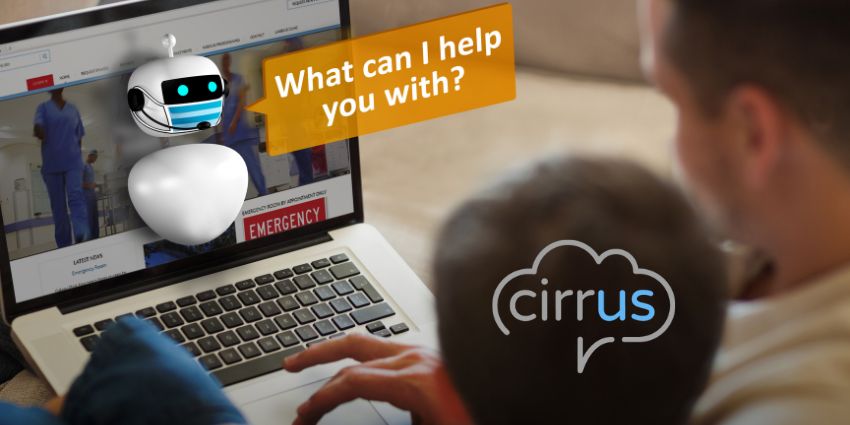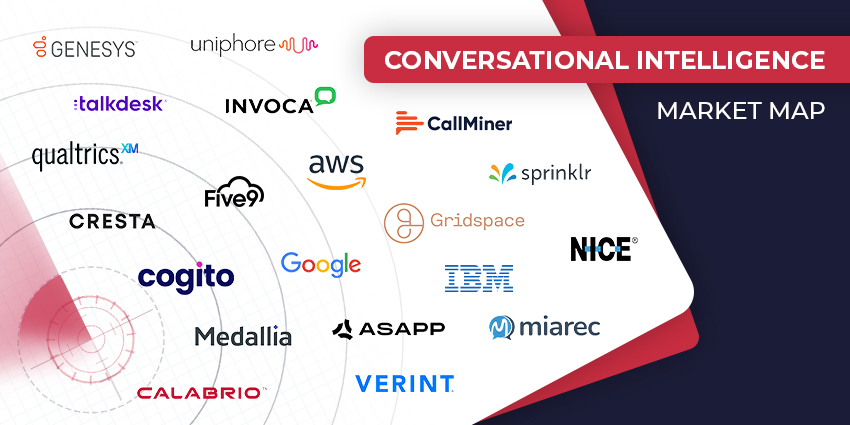Voice analytics assesses and records spoken conversations through speech recognition, natural language processing (NLP), and natural language understanding (NLU).
By harnessing these technologies, voice analytics assesses audio patterns, converting speech to text and assessing multiple factors. In some cases this includes intent, sentiment, and resolution success.
As these use cases evolve, the voice and speech analytics market is expected to grow by $1.73 billion between 2020 and 2025, with an annual growth rate of almost 16 percent – according to Technavio.
The following top trends are perhaps supercharging this growth and characterizing the future of call center voice analytics.
Biometrics Built on Voice Analytics
Voice biometrics is a system that deciphers the distinctive qualities of a speaker’s voice to authenticate them by comparing real-time audio to pre-recorded audio tracks.
By digitizing a person’s speech profile, this method creates a sample voiceprint or template for storage. Each uttered word is broken down into hundreds of fundamental properties to identify the speaker’s unique speech characteristics.
Call centers record voiceprints in databases similar to fingerprinting and other biometric data.
By doing so, operations gain significant security advantages over authentication methods that rely on something the user knows, such as passwords or security questions. As such, it helps to overcome cumbersome ID&V processes.
Agent Performance Insights
Voice analytics is starting to transform audio from recorded phone conversations into structured information for search and analysis.
By leveraging other relevant data from various enterprise systems – including the CRM – and connecting insights, businesses may soon uncover fascinating insights into the performance of each agent.
A highly versatile search engine may also aid contact center management in conducting searches quickly and efficiently.
Using free-form keywords, utterances, and acoustic measurements via retrieving calls, team leaders can improve agent performance via targeted coaching.
AI Edits Customer Conversations
When adopting contact center voice analytics, preserving and protecting the privacy of valuable customer billing information is critical.
By using AI to redact audio recordings, the system could remove sensitive information and payment details from all contact center interactions.
Consider the applications of such a technology across industries that necessitate the careful management of sensitive data.
It may also contribute to the long-term sustainability of remote and hybrid contact centers by allowing agents to operate safely from their homes.
Sentiment Detection Finetunes Marketing Campaigns
Voice analytics transcribes multiple calls and voicemails before using AI to assess negative and positive keywords and issuing sentiment tags.
Marketing may then use a recording search functionality to locate call records based on a specific sentiment or keyword and create targeted campaigns.
For instance, they could contact unhappy customers, offering them a discount to reduce the chances of churn. They may also look to reach out to happy customers to draw more value from the positive relationship.
Back in the contact center, supervisors may automatically select calls for examination based on keywords and sentiment to uncover the most significant learning opportunities.
Intuitive Dashboards and Recommendations
Advanced voice analytics software includes intuitive dashboards, infographics, and visualizations that provide an instant overview of contact center, team, and agent performance.
Also, it showcases how performance has developed, with managers receiving direct access to KPIs without requiring an additional quality management or BI solution.
The system may also produce guidelines for agents to apply in future conversations to best interact with individual customers.
Insight Correlation Through Machine Learning
A purpose-built machine learning module can analyze all interactions and create subgroups of calls that fit specified criteria.
These might segment customer conversations on variables such as call duration, speech styles, speech attributes, distinct positive or negative terminology, etc.
As a result, contact centers may readily determine how particular behaviors or incidences influence contract cancellation, NPS survey outcomes, or various other outcomes.
Uncover more uses for voice analytics by checking out our video: 10 Speech Analytics Use Cases for the Contact Centre and Beyond







